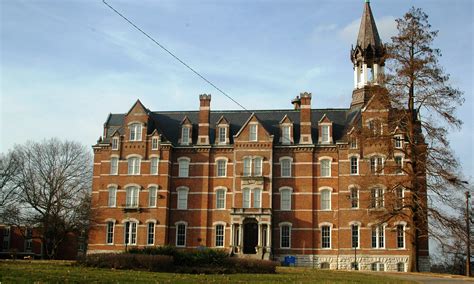 “In 1865, barely six months after the end of the Civil War and just two years after the Emancipation Proclamation, three men”John Ogden, the Reverend Erastus Milo Cravath, and the Reverend Edward P. Smith ”established the Fisk School in Nashville.
“In 1865, barely six months after the end of the Civil War and just two years after the Emancipation Proclamation, three men”John Ogden, the Reverend Erastus Milo Cravath, and the Reverend Edward P. Smith ”established the Fisk School in Nashville.
The school was named in honor of General Clinton B. Fisk of the Tennessee Freedmen’s Bureau, who provided the new institution with facilities in former Union Army barracks near the present site of Nashville’s Union Station. In these facilities Fisk convened its first classes on January 9, 1866. The first students ranged in age from seven to seventy, but shared common experiences of slavery and poverty ” and an extraordinary thirst for learning.
1867 – Fisk University is Incorporated
The work of Fisk’s founders was sponsored by the American Missionary Association ” later part of the United Church of Christ, with which Fisk retains an affiliation today.
Ogden, Cravath, and Smith, along with others in their movement, shared a dream of an educational institution that would be open to all, regardless of race, and that would measure itself by “the highest standards, not of Negro education, but of American education at its best.” Their dream was incorporated as Fisk University on August 22, 1867.
1871 – The Fisk Jubilee Singers Set Out
The tradition of excellence at Fisk has developed out of a history marked by struggle and uncertainty. Fisk’s world-famous Jubilee Singers originated as a group of traveling students who set out from Nashville on October 6, 1871, taking the entire contents of the University treasury with them for travel expenses, praying that through their music they could somehow raise enough money to keep open the doors of their debt-ridden school.
The singers struggled at first, but before long, their performances so electrified audiences that they traveled throughout the United States and Europe, moving to tears audiences that included William Lloyd Garrison, Wendell Phillips, Ulysses S. Grant, William Gladstone, Mark Twain, Johann Strauss, and Queen Victoria.
To this day, each October 6, Fisk pauses to observe the anniversary of the singers’ departure from campus in 1871. The contemporary Jubilee Singers perform in a University convocation — and conclude the day’s ceremonies with a pilgrimage to the grave sites of the original singers, where once again, the old songs are sung at the burial places of their first performers
1876 – Jubilee Hall is Built
The Jubilee Singers introduced much of the world to the spiritual as a musical genre — and in the process raised funds that preserved their University and permitted construction of Jubilee Hall, the South’s first permanent structure built for the education of black students. As a designated National Historical Landmark, today, Jubilee Hall remains the dramatic focal point of Fisk’s campus.
1930 – Recognition & Accreditation
Even before regional accreditation was available to African-American institutions, Fisk had gained recognition by leading universities throughout the nation, and by such agencies as the Board of Regents of the State of New York — enabling Fisk graduates to enter graduate and professional schools to study for advanced degrees. Then, in 1930, Fisk became the first African-American institution to gain accreditation by the Southern Association of Colleges and Schools. It was also the first such institution to be placed on the approved lists of the Association of American Universities (1933) and the American Association of University Women (1948).